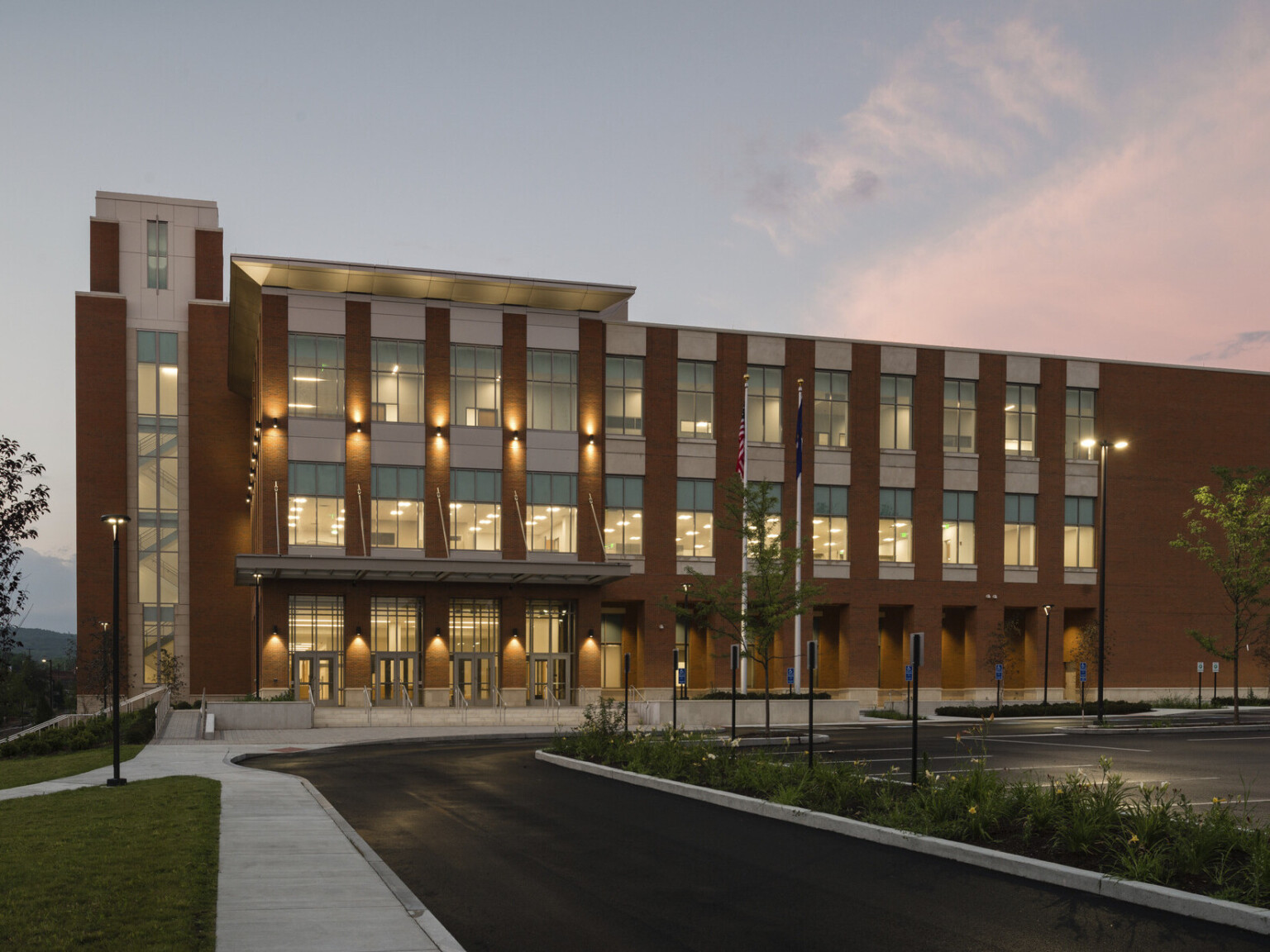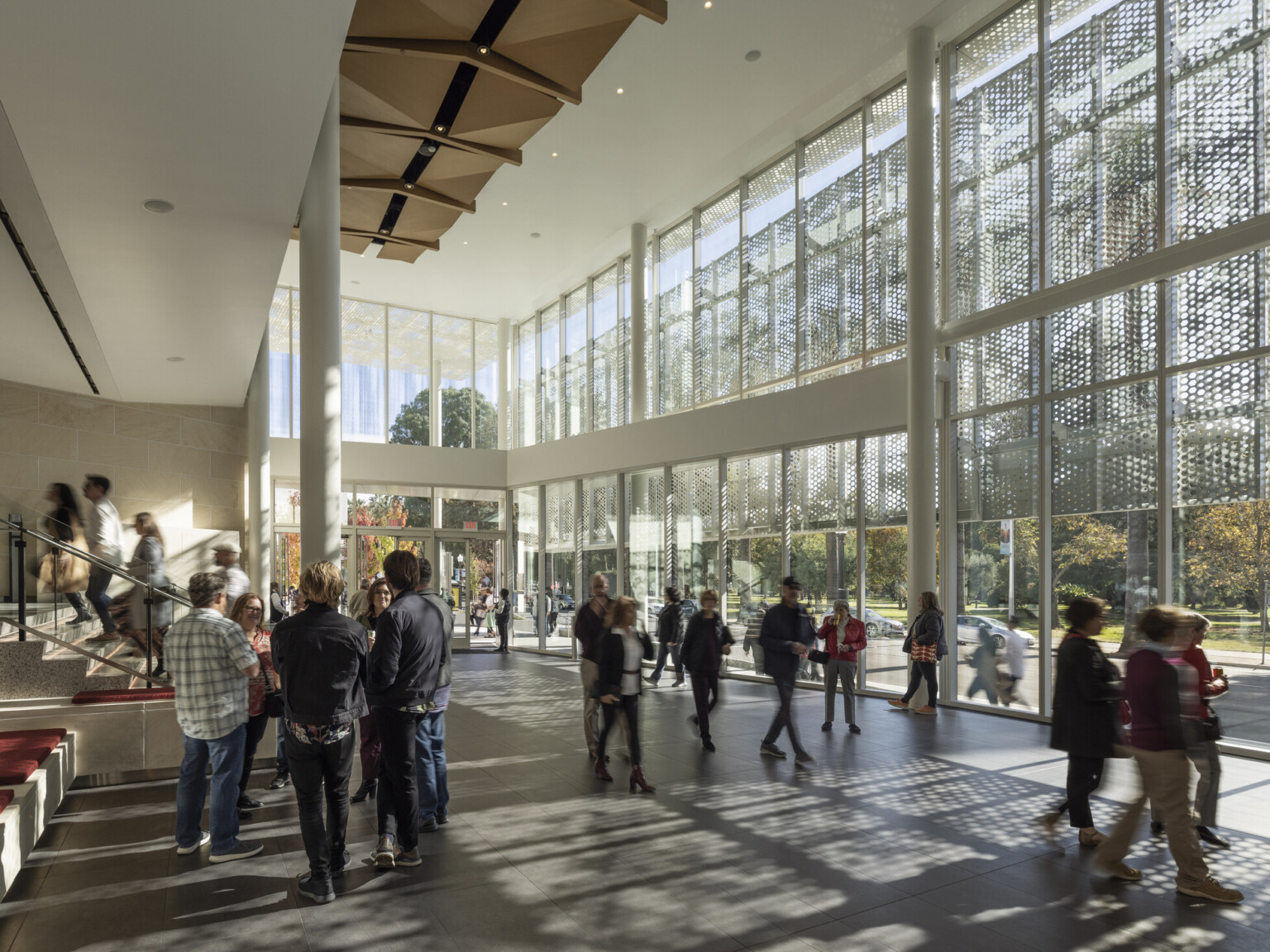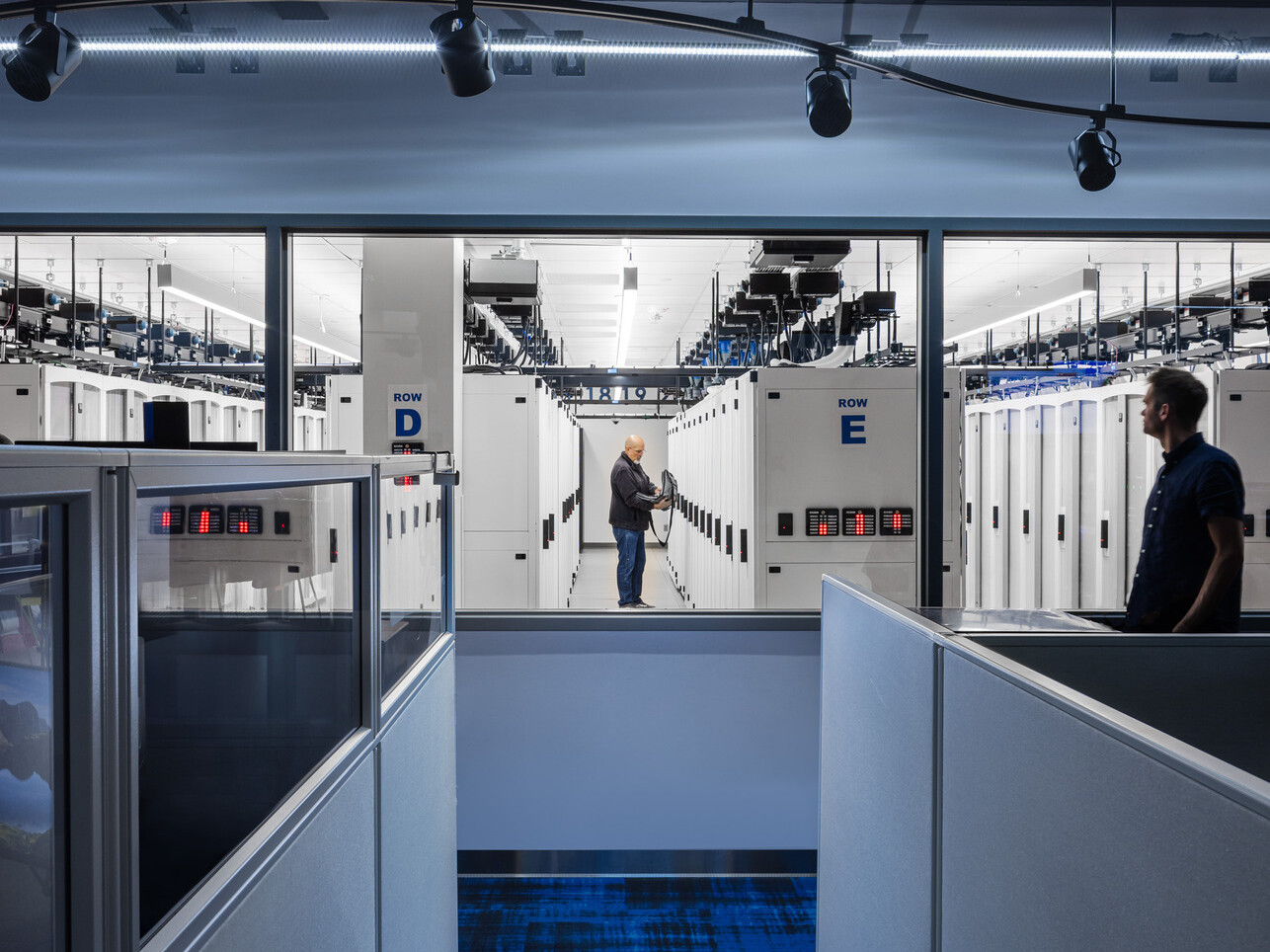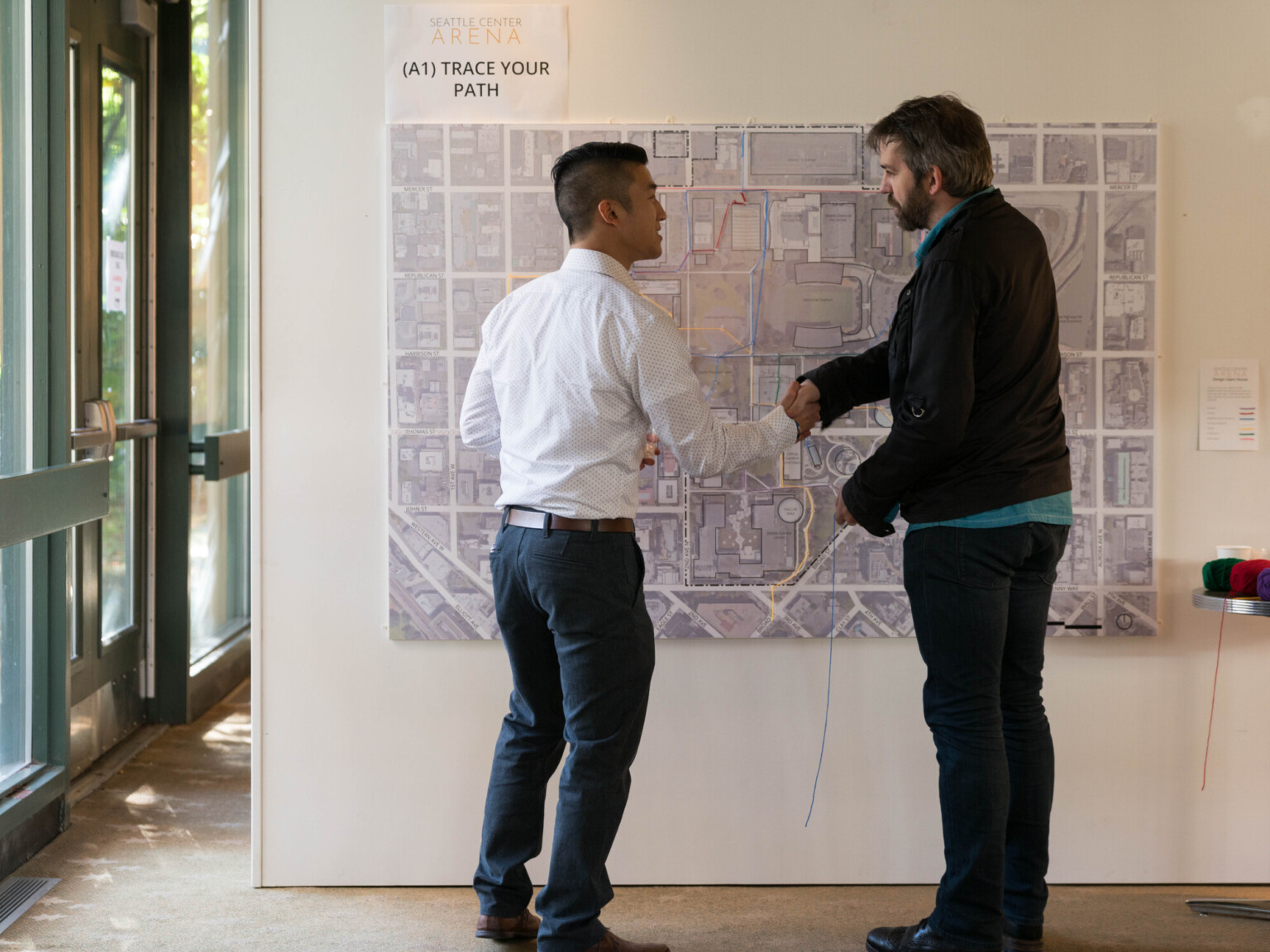
IBM Weighs in on AI’s Role in Education
In a former role as Assistant Superintendent of Curriculum and Instruction for Coppell Independent School District in Texas, I was fortunate to lead a partnership with IBM that resulted in the Coppell school community becoming the first district to use the IBM Watson Element App and Enlight web-based tool to advance personalized learning district-wide. It was during this time I met Rick Goldgar, a program executive at IBM. When I transitioned from Coppell to DLR Group, I immediately called Rick to discuss the role IBM and Watson currently plays in the educational environment, and how their inventions could help shape the learning experience of the future.
Here’s the interview exchange:
How is IBM Watson Education bringing education into the cognitive era?
IBM has created the Watson Education Business Unit and invested greatly in this new business to bring cognitive technologies to education. Examples include: Watson Tutor, a collaboration with Pearson to provide interactive tutoring inside of Pearson online higher education offerings; Sesame Street Partnership, a joint effort with IBM to create an early language acquisition app for prek-2 children to help overcome the “30 million word gap”; and Watson Classroom, a teacher in-class and planning offering that provides teachers with real time access to student’s academic and social information, their learning progress and the ability to capture evidence of learning.
What is the Watson Element App and how is this assisting educators?
Watson Classroom Element is an iPad-based app used by a teacher in the classroom. It integrates a large variety of source systems data (SIS, gradebook, assessment and others) through a simple interface, providing 360-degree insights for each individual student. Element allows educators to quickly document observations and evidence of learning and easily share that information with student’s other teachers and parents.
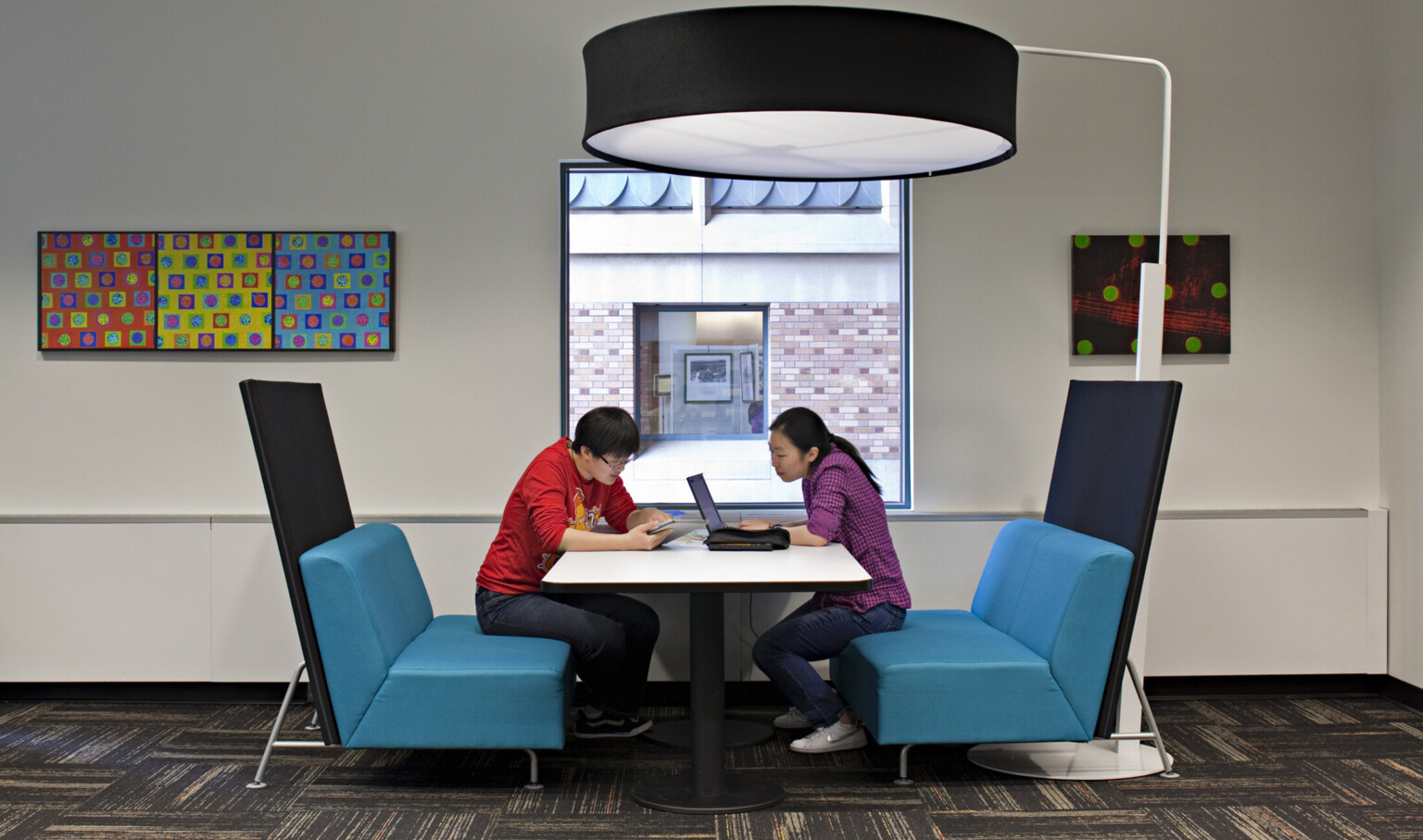
What is Watson Enlight and how is this enhancing education?
Watson Enlight is an educator planning tool that uses deep analytics to understand class and individual student progress, allowing educators to review and plan curriculum tailored to individual student needs. It aligns content to learning progressions and provides a means for the educator to communicate with other teachers, staff and parents.
What impact is Watson Education already making on education?
The use of cognitive technologies and a user focused (design thinking) approach has provided the education community with a leading model for how education can be personalized and still be efficient. To quote an educator from Coppell ISD in Texas:

What can we anticipate next for IBM and education?
IBM intends to continue to broaden and deepen its efforts in education. This includes working with education partners and investigations into expanding the capabilities of the offerings (e.g. IBM has done work toward an administrator persona for Watson Classroom) and incorporating additional cognitive technologies (e.g. Personality Insights, Tone Analyzer and other Watson technologies) applied to education.
Is there an opportunity to bring Watson into design to understand, for example, social behavior of humans and the design of space?
There may be strong opportunities to use Watson technologies to better understand social behavior and its relation to space design. These should be jointly explored.
How is IBM Watson Education connecting education and design of learning environments? Is that even possible?
At this time there is only at best peripheral engagement between Watson Education and learning environment design. This should be explored further.
What is the future of Artificial Intelligence and its role in leveraging the human capacity to learn across multiple dimensions of intelligence (i.e. learning as fluid processes and feedback loops / contextual applications of creative experimentation)?
AI (cognitive technologies and augmented intelligence) are expected to have a huge influence on learning and the personalization of learning based on learning styles and the variety of learning processes. This effort is just starting, but we are already attempting to use cognitive technologies to help determine and deliver the most appropriate learning approach for each individual student, based on their unique interests, style and needs.
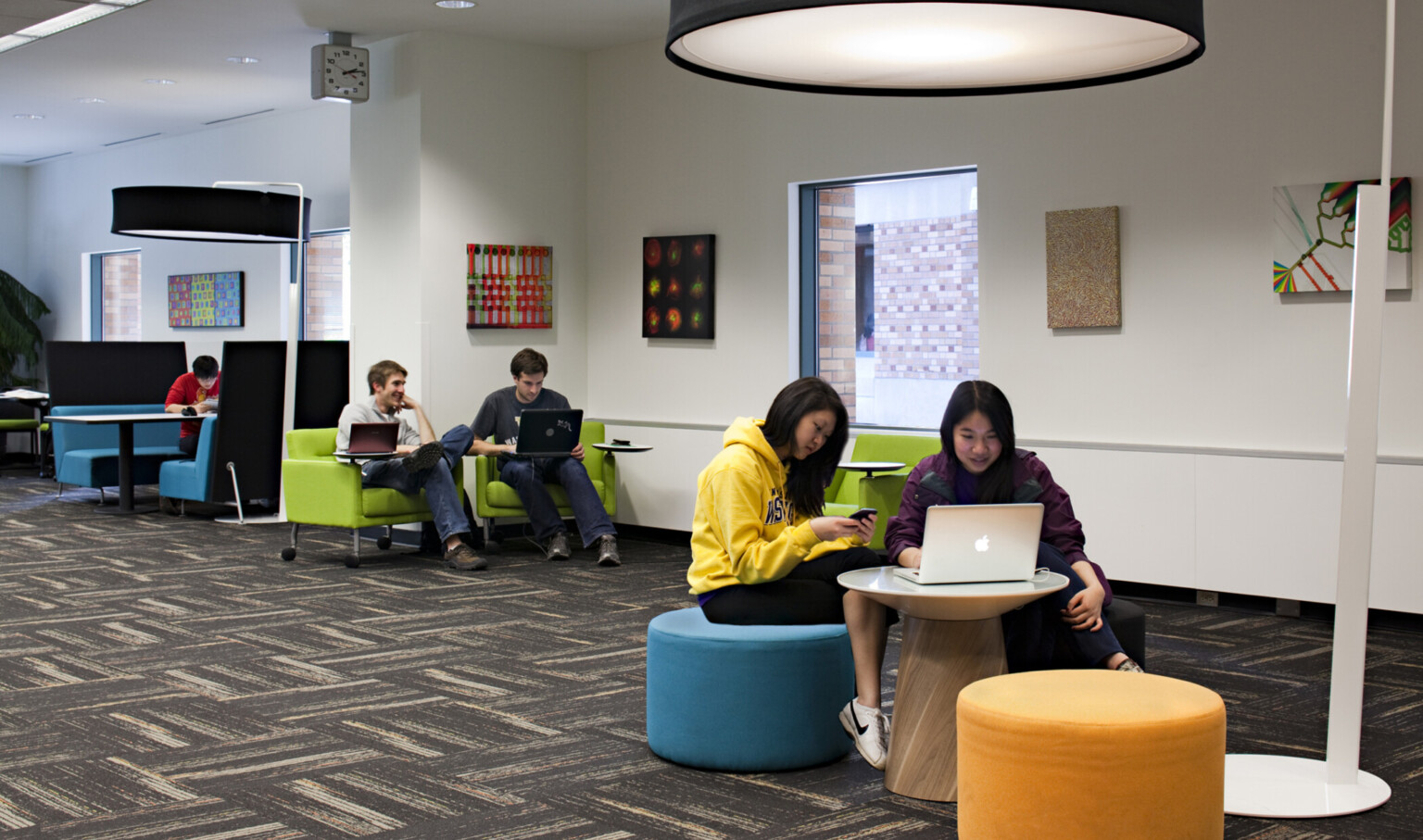
What research is currently being done to study the individual and societal impact of AI and potential (benefits and/or pitfalls) for individual learners and learning communities? Impact on human capital; creativity, innovation, etc. soft psycho-social skills? The “social life” of information?
Watson Education research staff are currently conducting studies on the benefits of Watson Education offerings and IBM research has a long history of working with the university research community on these issues, both in education and as a general topic concerning the impact of AI on society.
Could Watson be the bridge between live environmental measurements and building systems? For instance, could Watson control window tinting when sun is out to reduce glare? Could Watson control the amount of fresh air when movement happens in the room? Could Watson adjust acoustical qualities for certain activities? And based on each student having a device, potentially track student success based on those room characteristics?
The answer to all the questions above is yes. The deeper question is how Watson can be applied in addition to other non-AI approaches to serve these needs. For example, one does not need a sophisticated cognitive application to tint windows to reduce glare, however one may want to explore the interaction of a number of environmental measures and the localization of environmental measure to the individual to best serve their needs. This latter application may be well suited for an AI approach, as it requires a complex, adaptive, real time and perhaps in-depth understanding of the individual’s needs and how they fit into the overall goals within the environment.




